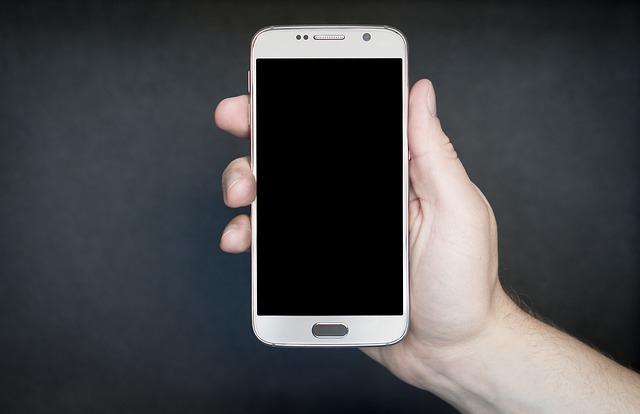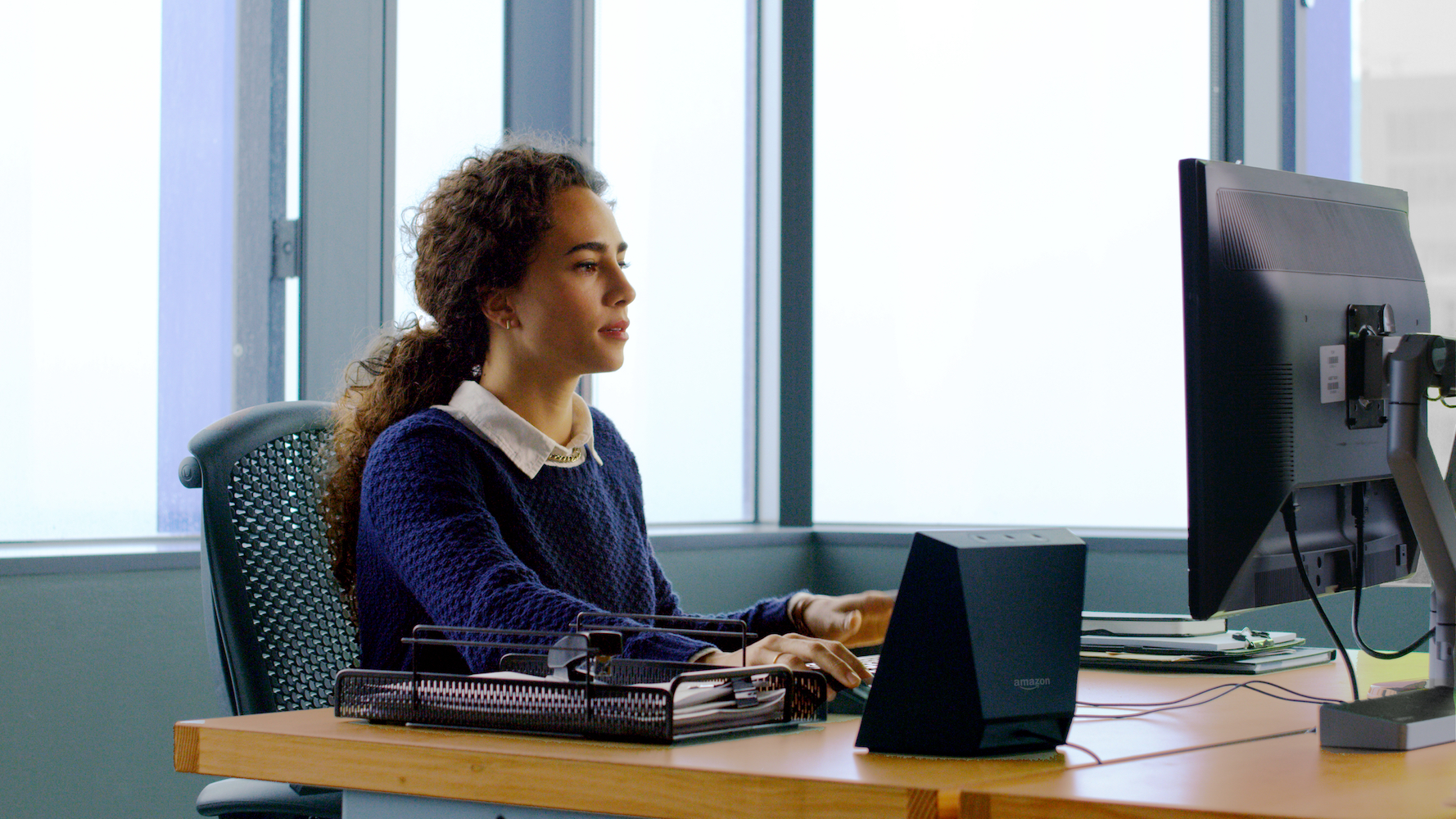There’s a mobile revolution brewing from smartphones in healthcare.
According to the latest statistics, mobile health (mHealth) is expected to reach $21.71 billion by 2022. There are many factors that influence this market’s growth, but one of the most important is the adoption of smartphones and wearable devices into the healthcare industry.
Smartphones in healthcare will affect everyone, from patients to medical students, to traditional doctors and even the modern concierge doctor. Everyone uses a smartphone for health purposes. Here are just a handful of ways smartphones are becoming indispensable to the healthcare industry.
1. Enable patient monitoring
Before smartphones, patients had to come to the hospital for physical check-ups or, if they had just underwent surgery, remain hospitalized for a couple of days, so doctors can closely monitor their recovery.
For doctors, that meant seeing more patients on a hard to maintain schedule. On the flip side, patients were spending tens of thousands of dollars on hospital stays.
Smartphones have made it possible for doctors to remotely monitor their patients, so that patients are able to recover in their home comfortable and without a hefty hospital bill. It also frees up doctors’ time to allow them to better serve more patients, lowering their workload and increasing profits.
What’s more, software as medical device (SaMD) enables wearables to collect health data and send it in real-time to physician’s mobile device via wireless technology such as Bluetooth. This makes caring for chronically ill patients a lot easier and less expensive.
Receiving real-time data about important changes in someone’s heart rate or glucose levels, for example, allows doctors to quickly tweak their treatment and avoid a trip to the emergency room.
2. Facilitate learning for medical students
Gone are the days when medical students carried textbooks heavy enough to give them a chronic back pain. Nowadays, all they need is a smartphone and their favorite medical apps.
According to an article published in The National Center for Biotechnology Information (NCBI), over 70 percent of medical school students reported using at least one medical app regularly.
This percentage will only increase in the coming years, with more medical apps created daily. Some grant students instantaneous access to evidence-based medicine or test their diagnosis and treatment skills. Others help them stay up-to-date with industry trends, guidelines and medical literature.
Small enough to fit in a lab-coat pocket, smartphones have become a medical student’s best study companion. Learning to become a doctor is easier and more convenient than ever before, thanks to these devices’ ability to store all their studying materials in one place.
3. Improve clinical trials’ efficiency
Clinical trials are a vital part of medical innovations. And smartphones are helping streamline the way they are conducted.
With the steady rise of bring-your-own-device (BYOD) in healthcare, smartphones are becoming more prevalent in mobile-enabled clinical trials. In trials with large numbers of participants, having patients use their own smartphone or tablet for data collection can drastically reduce costs.
It can also improve data quality and increase compliance. Patients are more likely to record important health information in real-time with devices that never leave their sides, versus jotting it down on paper hours later.
And if they happen to forget to document their symptoms or take their medication — which is often required in clinical trials? Researchers can send patients SMS reminders.
4. Make healthcare accessible and convenient via telehealth
Mobile devices are making healthcare available to more patients, regardless of their budget or their location. The use of mobile technology in healthcare is called telehealth and it allows patients to get 24/7 doctor support for urgent care, psychiatry and other conditions at a fixed cost.
What’s more, studies show telehealth to be just as effective as in-office visits when it comes to diagnosis and treatment planning for chronic conditions, even for difficult to treat conditions like psoriasis.
The growing popularity of telehealth services didn’t go unnoticed by the biggest pharmacy chains. Last year, for instance, CVS Health launched MinuteClinic Video Visits, a telehealth service that gives patients with minor illnesses and injuries around-the-clock access to health services. All from their phones.
5. Empowering patients to manage complex diseases
For patients with cancer and diabetes, managing their condition can be a full-time job.
This is where smartphones come in handy, helping them stay vigilant about their lifestyle.
Patients with complex diseases rely on their mobile devices to schedule doctor appointments or measure their vitals. They also use their phones to lower stress through meditation.
Most importantly, smartphones help patients stick to their treatment plans. A recent study showed that patients with tuberculosis (TB) were more likely to take their medication, if they received support via smartphones versus face-to-face appointments.
6. An accurate self-diagnosis tool
It’s incredible how many health conditions can be diagnosed with a smartphone alone. No need for expensive or painful tests.
There are iPhone apps that can determine if someone is having a heart attack with the same level of accuracy as a medical electrocardiogram.
Others are capable of diagnosing anemia by analyzing photos of a patient’s fingernail beds. And elders can self-diagnose osteoporosis using their smartphone’s motion picture sensor.
Many medical conditions have subtle symptoms and can go undiscovered for years.
Thanks to their mobile devices, patients can now seek professional help — and receive proper treatment — before their health deteriorates.
7. Prevent administrative and medical errors
Mobile devices enable doctors to have access to medical records and critical lab results, in real-time, while at a patient’s bedside. This leaves little room for error.
In fact, one study showed that mobile devices cut medication administration errors by 61 percent and preventable medical errors by 46 percent.
Smartphones are also improving response times for emergencies such as seizures or cardiac events. A growing number of hospitals have integrated smartphone platforms that send phone alerts to nurses and clinical teams whenever patients need immediate assistance.
To keep up with the demand, smartphone manufacturers have launched devices specifically designed for hospital environments. Phones like the Zebra TC51 and the Honeywell Dolphin can endure a drop on the floor and they can come into contact with body fluids and still work perfectly. What’s more, they have a minimum number of seams, so as to keep germ absorption to a minimum.
_____
It’s easy to see why iPhones are poised to become the new norm in healthcare. While there are lingering concerns surrounding the security of handling sensitive health data from mobile devices, smartphone manufacturers are working on developing features that ensure secure connectivity.
In the end, the pros of using mobile health (mHealth), and smartphones in particular, far outweigh the cons. This is why 40 percent of all hospital workers are expected to use a mobile device at work by 2020.

